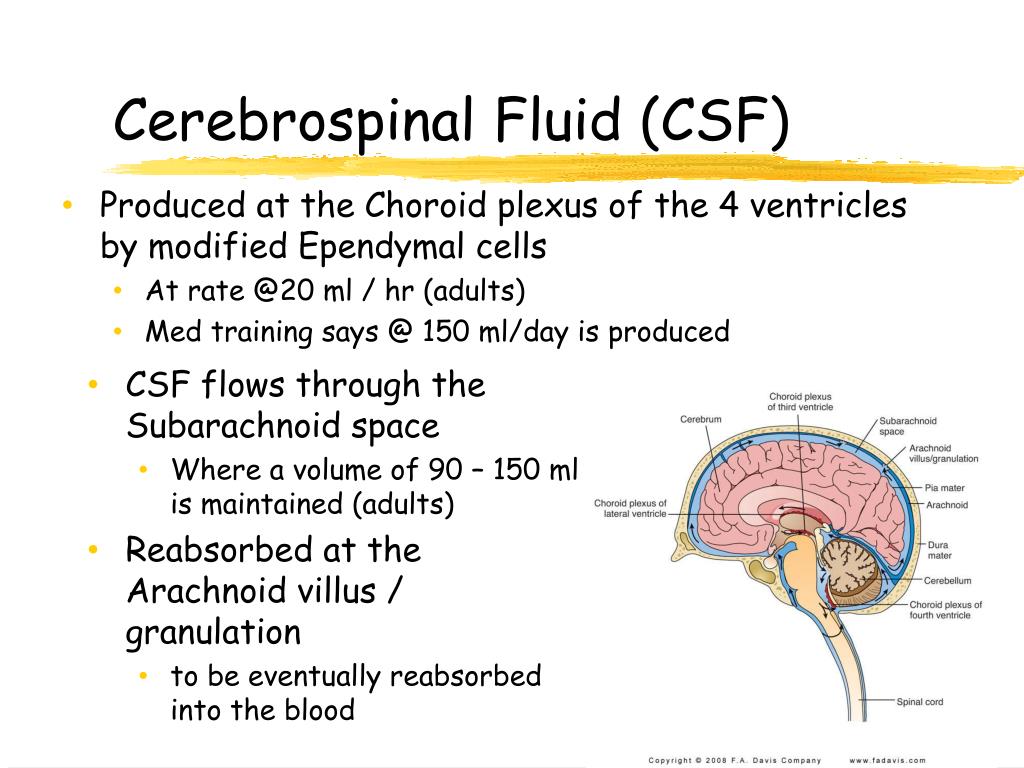

The final to be permitted, in 2017, was edaravone, and it’s the solely new drug to be permitted for ALS in virtually three many years.Ī part of the problem is that, earlier than Sadiq and his crew made one, no animal mannequin existed that translated sporadic ALS, full with motor neuron dying, into grownup mice. At the least 70 trials of potential ALS medicine have failed, leaving sufferers with simply a few FDA-approved therapies. Scientists surmise it may be a number of overlapping organic components which can be set off by an environmental set off, however they actually don’t know. It’s estimated solely 10% of ALS circumstances are attributable to inherited genetic mutations - what’s referred to as familial ALS the opposite 90%, these sporadic circumstances, have an unknown trigger. However certainty has been elusive since then. In 1993, a vital paper prompt a gene referred to as SOD1 was a explanation for the illness, giving scientists an entry level for analysis. The mind can’t talk indicators all the way down to the muscular tissues, making it tough to maneuver, converse, eat, and carry out different primary duties. However a constant a part of the illness is a brain-body disconnect that arises as message-carrying motor neurons within the mind and spinal twine die. Every affected person’s ALS is completely different, clinicians say. Some individuals, as Stephen Hawking did, could reside longer, however many don’t. Their findings, published Monday in the journal Brain Communications, comprise a number of promising breakthroughs in a illness that has traditionally been tough to review, not to mention treatment.ĪLS is an aggressive, continual illness that carries a three-to-five-year life survival price after prognosis. Over the early months of the Covid pandemic, when New York Metropolis was frozen to a halt, Tisch researchers faithfully reported to their lab to see what occurred when sporadic ALS, a non-genetic type of this debilitating illness, manifested in mice. “And then you definately get excited and say, OK, now let’s actually do it various instances.” “We discovered that really the motor neurons had been dying, so very very similar to ALS,” stated Saud Sadiq, director and chief analysis scientist on the Tisch MSRCNY. So if it wasn’t a nerve damage, might or not it’s mouse injected with spinal fluid develops the identical sort of neurological degeneration that could be a hallmark of ALS? An injection with saline answer disproved that idea - that mouse was tremendous. Perhaps the mouse is weak as a result of Wong hit one among its nerves through the injection, researchers on the Tisch MS Analysis Heart of New York thought. Then, inside a day, analysis scientist Jamie Wong noticed her first rodent topic was performing in another way. You can read more about this research, and its implications for treating memory loss associated with aging, in Nature News and Comment.It was a shot in the dead of night - or at greatest, a dimly lit room: injecting a mouse with just a little little bit of spinal twine fluid from somebody with the commonest type of amyotrophic lateral sclerosis, or ALS. That is because infusion of the protein had a similar impact as infusing the CSF containing the protein. The researchers isolated a protein from the CSF fluid that called fibroblast growth factor 17 that they surmise might be helping boost memory function. The group that received the real thing performed much better. They were able to prove this by first exposing the mice to a kind of sound and light show, and then infusing half of the older mice with actual CSF from younger mice, and the other half with artificial CSF. Neuroscientists from Stanford University found that a direct brain infusion of young CSF probably improves the conductivity of the neurons in aging mice, which improves the process of making and recalling memories. The question is why and whether it can be treated therapeutically. It's well-known that memory fades with age. A recently published rodent study finds that cerebrospinal fluid from young mice can improve memory function in older mice, probably due the presence of a protein.


 0 kommentar(er)
0 kommentar(er)
